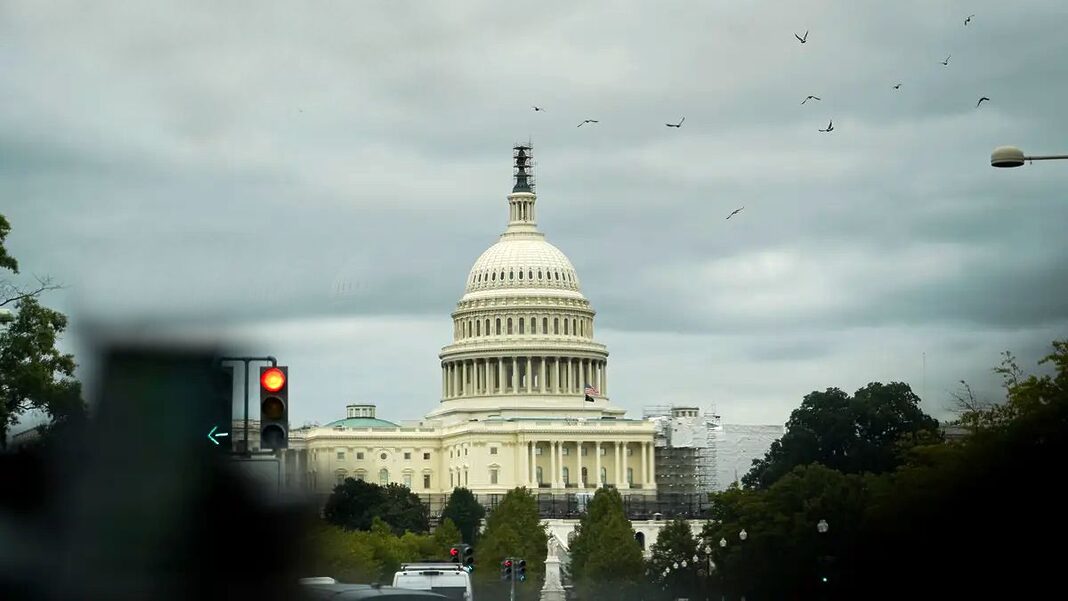Legislators have no agreement on the content of spending bills, the total amount to be spent, or the terms of a continuing resolution to avert a shutdown.
WASHINGTON—As the Senate adjourned for its summer recess, members of Congress were divided on a plan to fund the federal government beyond Sept. 30 to avoid a shutdown.
Both chambers of Congress must pass appropriations bills to fund the federal government after Sept. 30, when the 2025 fiscal year begins. Since March 23, when Congress completed the process for 2024 nearly six months late, the appropriations committees of the Senate and House of Representatives have separately drafted 12 spending bills funding different parts of the federal government—none of which has been passed by both chambers.
Congress remains divided on the contents of these bills and, similarly, divided on the terms of a “continuing resolution” to avert a shutdown and give itself more time to act.
“The whole appropriations process is broken,” Sen. Chris Murphy (D-Conn.), a Senate Appropriations Committee member, told The Epoch Times.
Sen. LaPhonza Butler (D-Calif.) said the Senate is behind on doing its work.
“This fiscal year closes in two months. … I’m not happy that we’re not on time,” she said.
When Congress reconvenes on Sept. 9, it will be in session for just 12 days, during which time both houses must either pass the same versions of all 12 bills or a temporary continuing resolution to fund the government.
While the House Appropriations Committee finished drafting all 12 bills for floor consideration—known as “markups”—on July 10, the Senate Appropriations Committee completed its markups of only 11 of the 12 bills on Aug. 1. The Senate and House versions of the bills are different and will require a conferencing process to iron out differences, which is unlikely to be completed in 12 days.
One Senate bill, funding the Department of Homeland Security, was not marked up at all because of disagreements over funding for border security and for the Secret Service after the attempted assassination of former President Donald Trump on July 13.
By Arjun Singh







